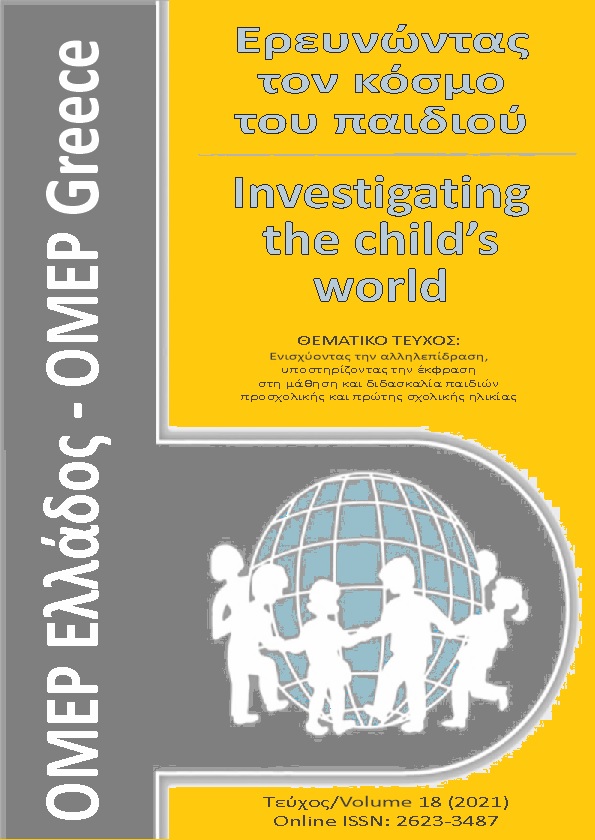Assets and limitations of Differentiated Instruction on Kindergarten: teacher’s reviews

Abstract
Differentiated Instruction (DI) offers an alternative framework in organizing teaching and learning through which the teacher is able to provide a range of flexible activities tailored to different readiness levels, interests and learning preferences of children. As a result, learning becomes meaningful to each and every student. Despite the recommendations for DI’s application on policy level, teachers tend to ignore this approach in their everyday practice. In addition, a considerable lack of empirical studies regarding the implementation of DI in kindergarten exists. The present study focuses on the impact that DI has on kindergarteners, as well as the barriers that occur during its application under preschool settings. The participants of this study were 6 kindergarten teachers, averaging 15 years of teaching experience and standard to high education level. The applied differentiated interventions consisted of activities developed under a certain theme and autonomous activities. The application period was extended to 2 academic years (2016-2018). The data were collected through individual interviews by the end of each year. The Content Analysis revealed that the participating teachers observed a positive impact of DI in the children’s learning achievement, collaborating skills, autonomous learning, increased internal motivation, enthusiasm and active involvement in the learning procedure. Regarding the limitations of DI, the teachers pinpointed deficient logistical infrastructure, the obstacles in efficient classroom management and the preparation time. However, the assets of DI for the children encouraged the teachers to intensify their efforts to exceed the referred barriers. These findings are in accordance with previous international research,
Article Details
- How to Cite
-
Mavidou, A., & Kakana, D. M. (2021). Assets and limitations of Differentiated Instruction on Kindergarten: teacher’s reviews. Investigating the child’s World, 18, 60–70. https://doi.org/10.12681/icw.30022
- Issue
- Vol. 18 (2021)
- Section
- Scientific articles & educational projects

This work is licensed under a Creative Commons Attribution-NonCommercial 4.0 International License.
Authors who publish with this journal agree to the following terms:
· Authors retain copyright and grant the journal right of first publication with the work simultaneously licensed under a Creative Commons Attribution Non-Commercial License that allows others to share the work with an acknowledgement of the work's authorship and initial publication in this journal.
· Authors are able to enter into separate, additional contractual arrangements for the non-exclusive distribution of the journal's published version of the work (e.g. post it to an institutional repository or publish it in a book), with an acknowledgement of its initial publication in this journal.
· Authors are permitted and encouraged to post their work online (preferably in institutional repositories or on their website) prior to and during the submission process, as it can lead to productive exchanges, as well as earlier and greater citation of published work.


